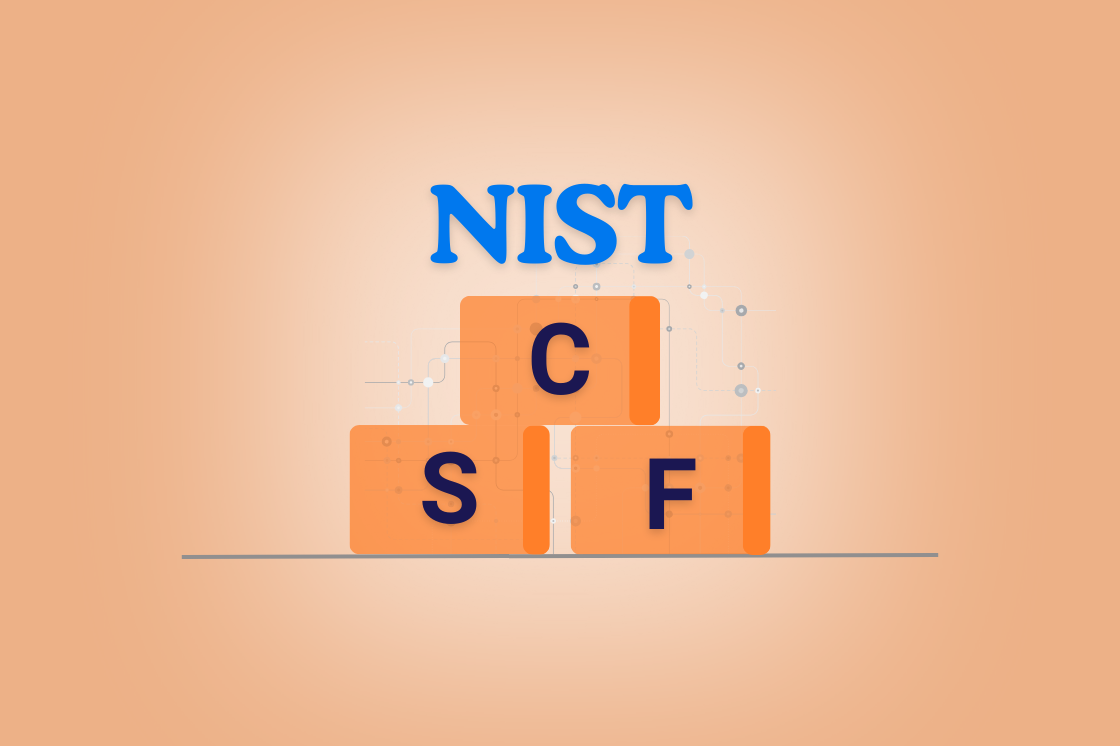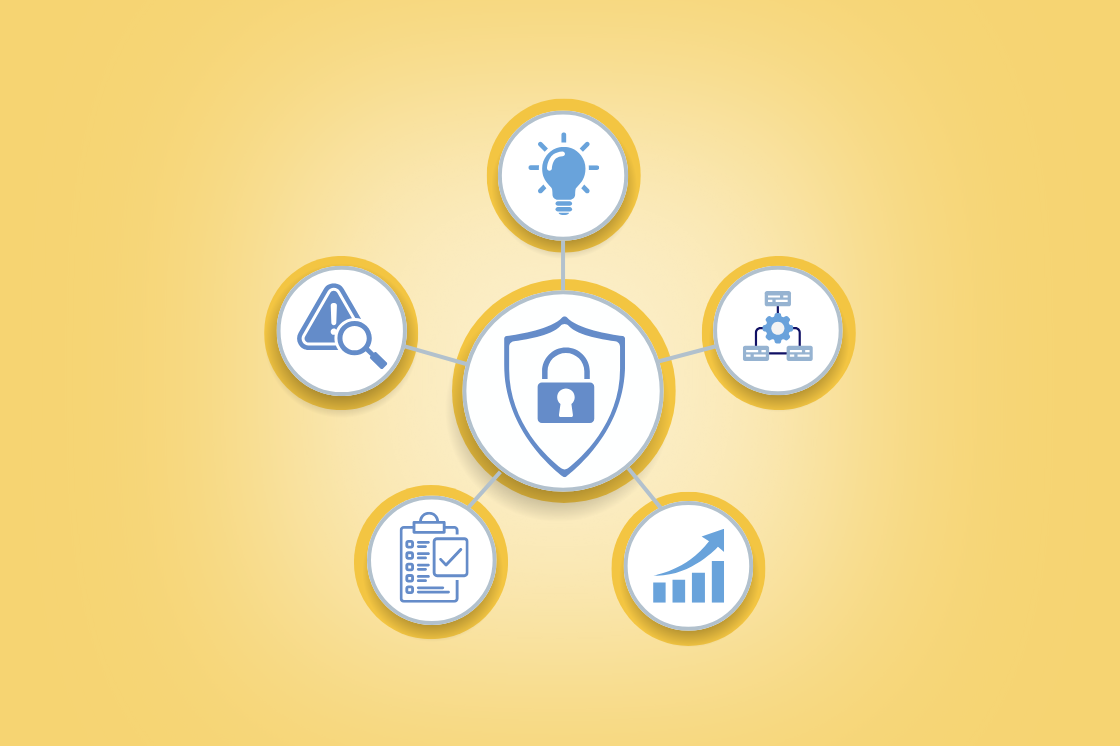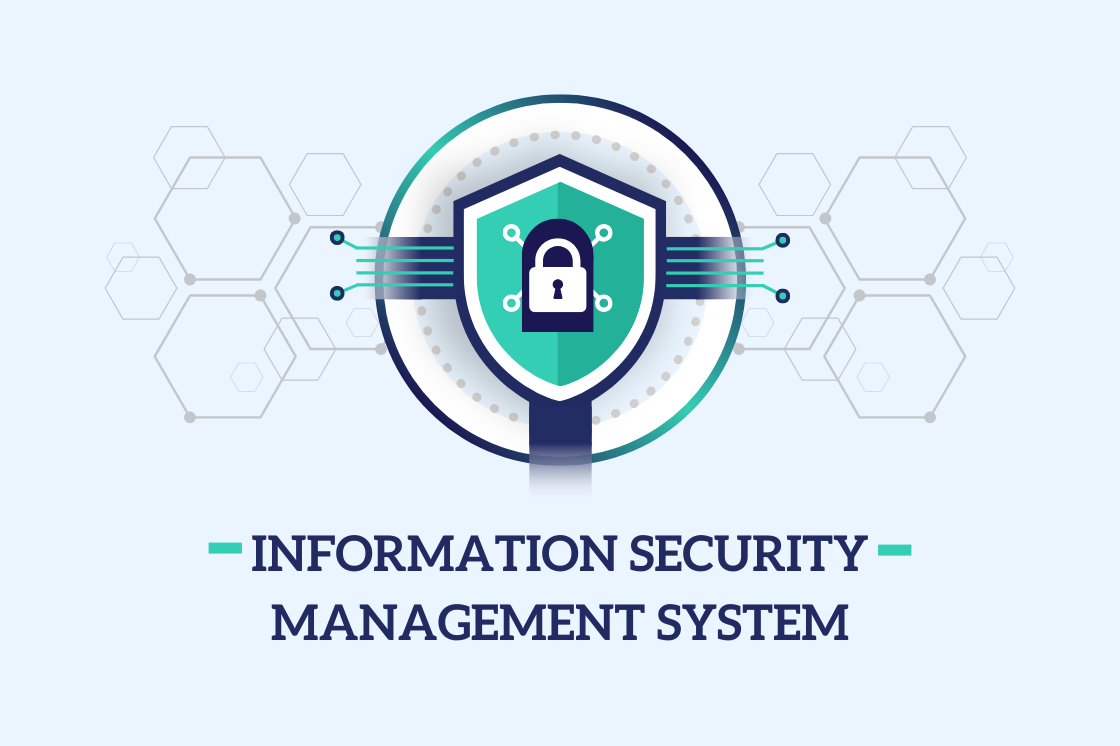Navvia's DORA Assessment
How Navvia Helps You Assess and Align with the Digital Operational Resilience Act
Navigating DORA
with Confidence
How Navvia Helps You Assess and Align with the Digital Operational Resilience Act
Navvia’s DORA Assessment helps financial institutions meet their obligations under Regulation (EU) 2022/2554 quickly, confidently, and with a focus on operational resilience.
Built for both internal teams and consulting partners, Navvia simplifies compliance while strengthening governance, controls, and process maturity.
What Is DORA — and Why It Matters
The EU’s Digital Operational Resilience Act (DORA) is a landmark regulation designed to ensure that financial institutions can withstand, respond to, and recover from ICT-related disruptions.
- Banks and credit institutions
- Insurance and reinsurance firms
- Investment firms and trading venues
- ICT service providers supporting the financial sector
Under DORA, financial entities must demonstrate their capabilities across five key areas:
- ICT and Security Risk Management
- Incident Reporting
- Resilience Testing
- Third-Party Risk Management
- Information Sharing
DORA brings consistency, structure, and accountability to digital risk oversight, and Navvia helps you operationalize it across your organization with clarity, speed, and confidence.
Smarter DORA Assessments Start Here
Book a personalized demo to see how Navvia helps you assess, align, and act on operational resilience.
Navvia Makes DORA Compliance Easy
Navvia’s DORA Assessment is designed for real-world use. It’s fast to deploy, intuitive to use, and structured to drive action, not just audits.

Assess with Precision
Our assessment includes five pillar-aligned questionnaires mapped directly to DORA articles. Each question provides:
- Clear, business-friendly explanations
- Contextual guidance for evaluators
- Maturity-based response options
This ensures your team evaluates not just whether controls exist, but how well they’re implemented.

Strategic Framing + Process Depth
Navvia goes beyond the regulation. Our layered assessment framework provides a holistic view of resilience:
- DORA questionnaires frame your compliance at the executive and regulatory level
- NIST CSF questionnaires (6) assess cybersecurity capabilities like Identify, Protect, Detect, Respond, and Recover
- ITSM questionnaires (13) evaluate the operational processes that support digital resilience — from Change and Incident Management to Risk and Governance
Together, these form a 3-layer model:
- DORA = Strategic Pillars
- NIST = Control Capabilities
- ITSM = Process Maturity
This approach gives you visibility from the boardroom to the operational front line.

Measure What Matters
Navvia’s score-based structure lets you quickly identify:
- Areas of strength and weakness
- Regulatory gaps and priority risks
- Variability across business units or clients
Dashboards and reports make it easy to track progress, benchmark performance, and communicate results to stakeholders.

AI-Powered Reports and Actionable Roadmaps
Turn assessment data into meaningful action. Navvia’s AI-powered reports transform your results into clear insights—highlighting strengths, gaps, and trends so you can act faster and smarter.
Go beyond static assessments with tailored improvement plans that:
-
Prioritize quick wins and strategic enablers
-
Align roadmap phases to maturity and resilience goals
-
Assign ownership and track follow-through
With detailed analytics, executive summaries, and prioritized recommendations, Navvia delivers a living roadmap for operational resilience—not just a snapshot in time.

Built for Teams and Consultants
Whether you’re managing internal compliance or delivering advisory services, Navvia supports:
- White-label branding
- Questionnaire distribution and tracking
- AI-powered reporting
- Export-ready deliverables with:
- Executive Summary
- Key Findings
- Stakeholder Feedback
- Functional Analysis
- Recommendations
- Roadmap
- Appendix and Charts

Distribute, Collect, and Substantiate
DORA assessments often involve stakeholders across multiple departments. Navvia includes powerful collaboration and traceability features:
- Distribute questionnaires across the organization, by function, region, or role
- Capture supporting evidence directly within the platform (documents, links, commentary)
- Segment responses by organizational function for deeper analysis and visibility into control ownership
- Enable audit traceability with version history and response tracking
This ensures your DORA assessment reflects real operating conditions — not assumptions — and supports regulatory transparency from start to finish.

Backed by Expert Training and Ongoing Support
Successful DORA alignment isn’t just about technology. It requires people who understand the frameworks, the expectations, and the outcomes.
That’s why Navvia includes expert-led enablement and responsive support from day one:
- Hands-on training for risk teams, IT leaders, and process owners
- Onboarding support to help you launch assessments quickly and effectively
- Guidance from experienced practitioners who understand DORA, NIST, and ITSM
- Live support and knowledgebase access for technical help and best practices
- Optional white-label training to empower your consulting team or internal facilitators
Whether you’re conducting a one-time self-assessment or embedding Navvia into your broader governance model, we’re here to support your success at every step.
What Our Clients Are Saying
Here is what one of our customers, an international manufacturer of pharma, medical, and consumer products, has to say:
Get Started today
Ready to simplify DORA compliance and strengthen your digital resilience?
Navvia. Your partner in operational resilience.
Cyber Security Articles
Explore our IT security article for essential strategies to protect your systems, data, and networks from evolving cyber threats. Stay informed and secure with expert tips to safeguard your digital infrastructure.

The Illusion of Security:
Why Technology isn't Enough
Imagine yourself as a world-class spy tasked with infiltrating a top-secret facility. This site boasts formidable defenses, complete with high-tech surveillance cameras and state-of-the-art motion, temperature, and pressure sensors. At first glance, it sounds impenetrable. Or does it?

How to Implement IT Security Management: The Ultimate Guide
IT security management is a top priority for executives, especially in today’s digital era. As cyber threats grow, strong security is vital for maintaining trust and compliance. This guide offers key concepts and practical steps to improve security, with valuable insights for both newcomers and experts.

The Human Factors in Cyber Security: Strategies for Effective Defense


The Fundamentals of NIST CSF 2.0: What it is and Why Its Important
Security risks are around every corner. Organizations now, more than ever, require a structured approach to identify, protect, detect, resolve, and recover from threats and vulnerabilities. The NIST Cybersecurity Framework offers this structure with flexibility and effectiveness!

The Truth Behind a Cyber Breach: How Human Error and Process Failures Lead to Security Incidents
Hollywood would have you believe that the "black hats" breach our systems through their technical prowess and mad cyber skills. Truth is, it's human error and broken processes that let them through the door.

NIST CSF 2.0 & ITSM: A Powerful Approach to Security Assessments
Cyber threats are evolving, and traditional “technology-driven” security measures are not enough. In this webinar, we explore how integrating the NIST Cybersecurity Framework (CSF) and IT Service Management (ITSM) can create a stronger, process-driven defense against cyber threats. 

5 Ways IT Service Management - ITSM Enhances IT Security

What Is an Information Security Management System and Why It Matters?
An Information Security Management System (ISMS) is the foundation for your organization's IT security program. It provides best practices and guidance for all aspects of IT security, encompassing people, processes, and technology.



